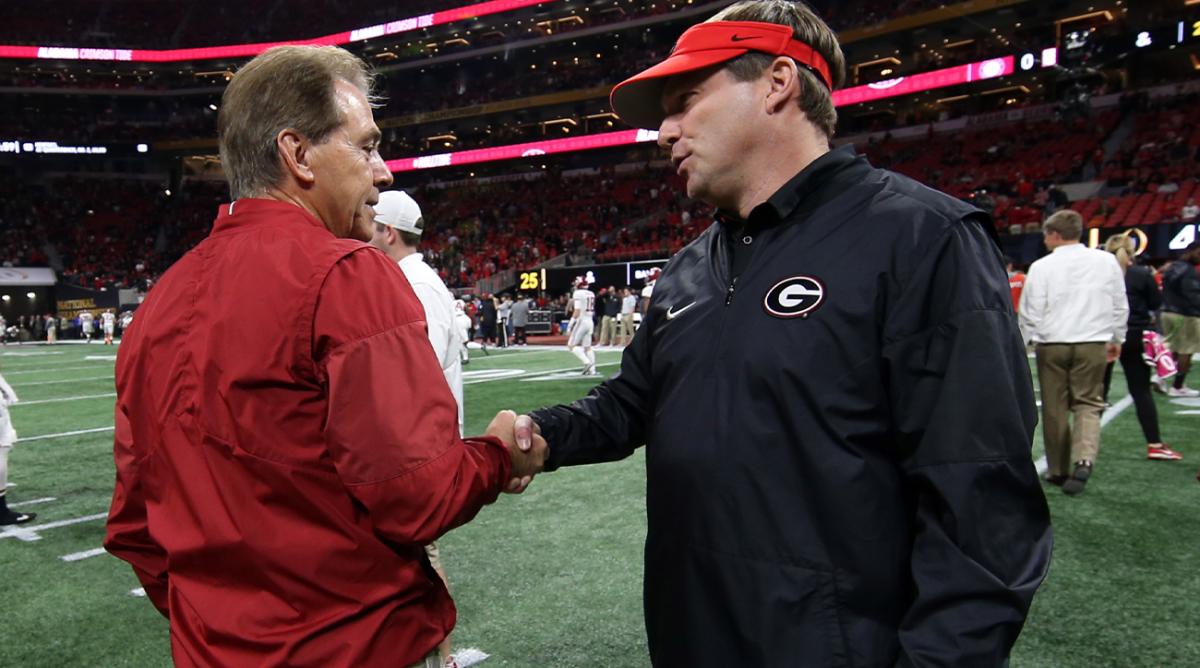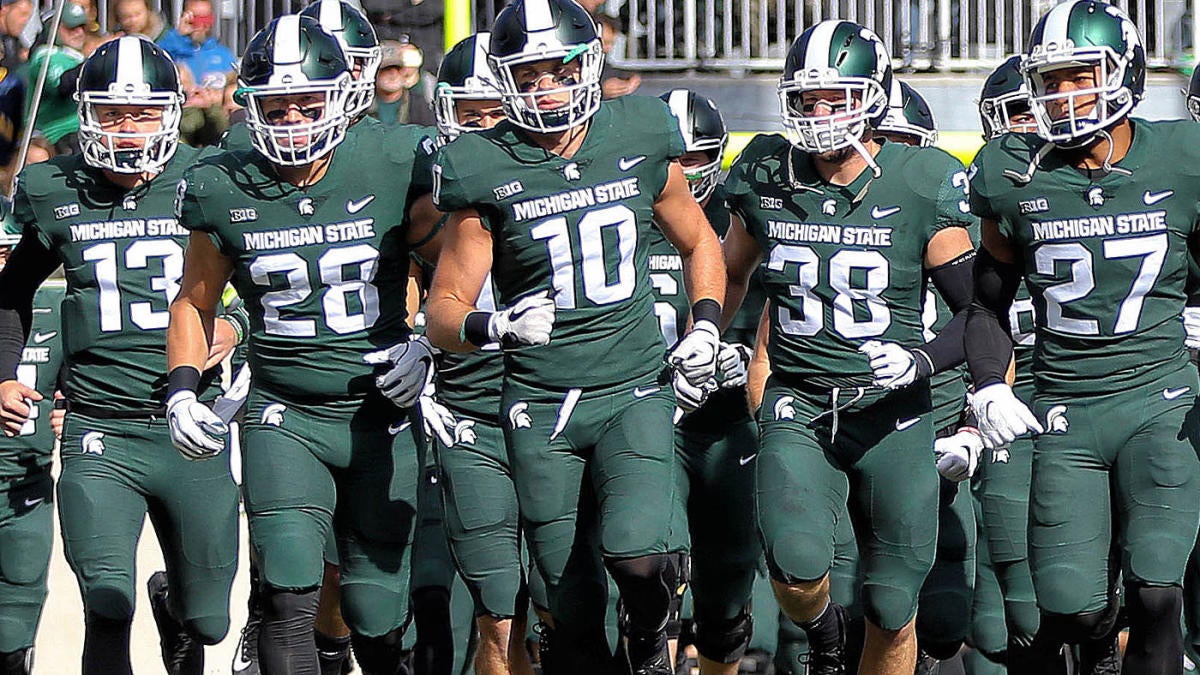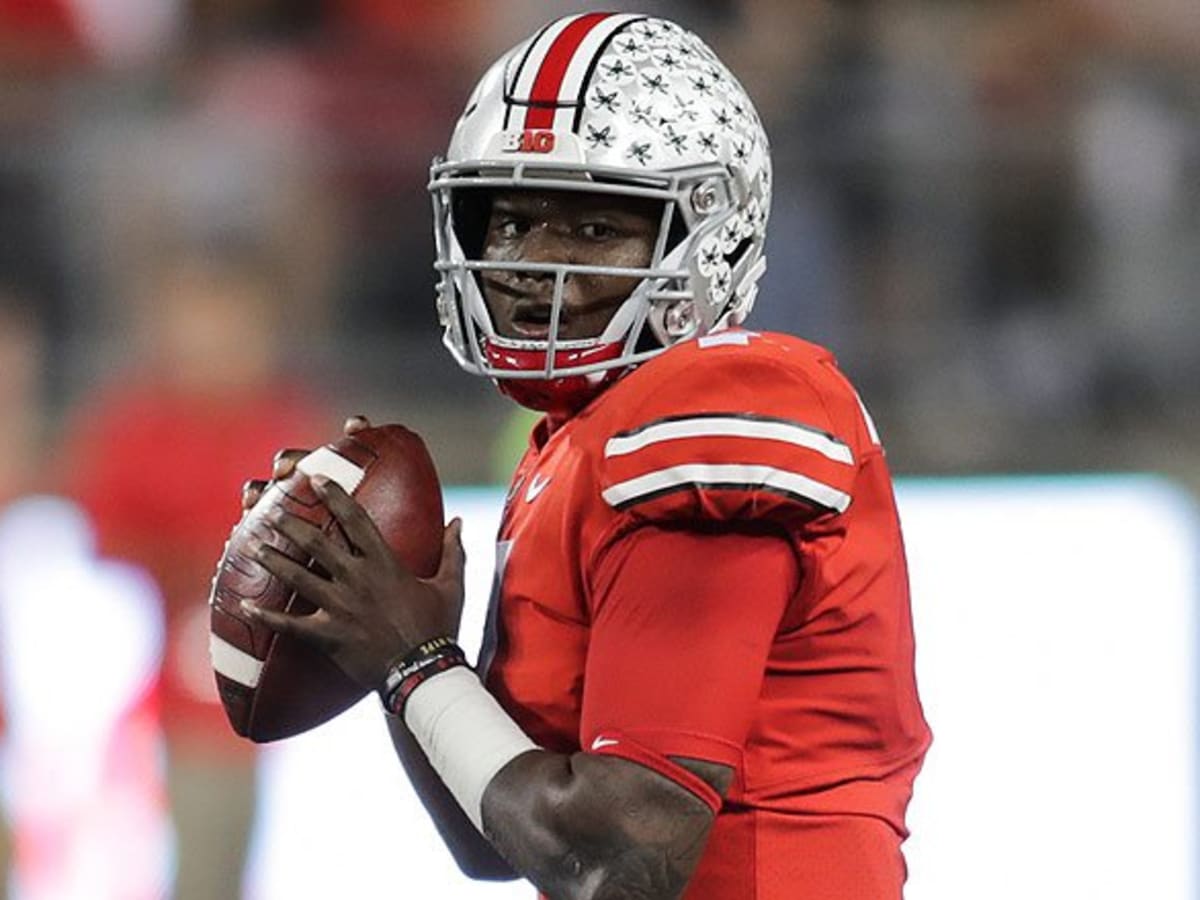
Regardless of which side of the bet you choose, a $110 bet pays out $100. This is another common way to bet on NCAA football odds. Rather than betting on a winner, a punter bets on whether or not the total score will be over or under 16 points. Here, the ‘O’ stands for Over and the ‘U’ stands for Under.

Meanwhile, a $100 bet placed on Rutgers would see a $230 payout should Ohio State lose. In a moneyline bet on this game, a punter would have to bet $600 on Ohio State to win $100 should the Buckeyes win. Remember that American betting is often written in terms of a $100 bet, though $10 or other wager amounts are also common. Here, Ohio State is the -600 favorite and Rutgers is the +230 underdog. Moneyline odds for college football betting are written as: A totals bet (or an over/under bet) is based on the total score of a finished game or at another stopping point, such as halftime.

A moneyline bet simply predicts the winner of a game.

Analysts and handicappers make picks and set NCAAF odds by taking a close look at a team’s record, coaching history, draft picks, and other relevant data.Ĭollege football odds spreads are provided for a variety of bets, like moneyline betting (mentioned above) and totals bets. OddsChecker provides you with top college football odds from eleven trusted sportsbooks as well as our own professional handicappers. College Football Moneyline Odds Explained The underdog is written with a plus (+) and the favorite with a minus (-). They’re described in terms of a $100 bet for simplicity’s sake. In the US, college football betting odds are written with a plus (+) or a minus (-).

OddsChecker provides easy-to-read odds grids so punters can compare odds offered by different sportsbooks. These are written out in college football odds spreads. Analysts predict a winner in what’s known as a moneyline or ‘straight up’ bet. Unlike betting lines, college football odds are a more straightforward way of determining which team will win.


 0 kommentar(er)
0 kommentar(er)
